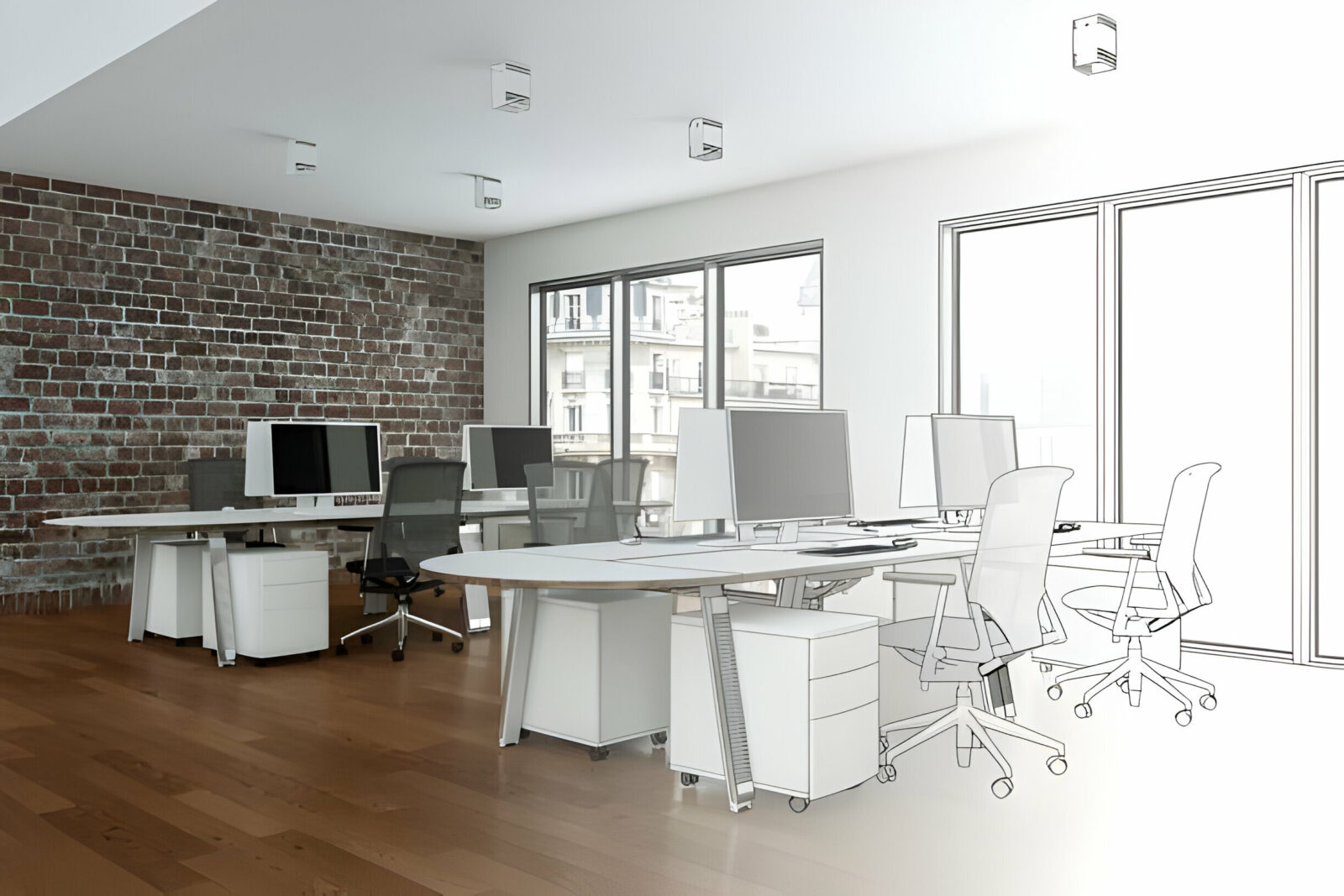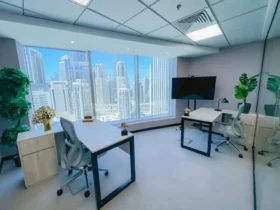Office remodeling can be a significant investment in time, money, and effort. It’s a powerful opportunity to enhance your workspace, reflect your brand’s identity, and boost employee morale and productivity. However, with so much at stake, the process is fraught with potential pitfalls that can turn what should be an exciting transformation into a costly nightmare. To steer clear of such setbacks, it’s crucial to identify and avoid common office remodeling mistakes.
1. Insufficient Planning
One of the cardinal sins in office remodeling is the lack of adequate planning. Diving headfirst into a remodeling project without a comprehensive plan is like sailing without a compass—a surefire way to end up lost and frustrated. Detailed planning involves more than just choosing new paint colors or furniture. It requires a thorough analysis of your current office space, a clear vision of what you want to achieve, and a step-by-step strategy for reaching those goals.
Practical Tip:
Start with a needs assessment that includes input from various stakeholders. Consider factors such as the need for space, lighting, storage, and technology upgrades. Establish a realistic budget and timeline, and have contingency plans for unexpected issues.
2. Underestimating Costs
A common blunder in office remodeling is underestimating the project’s costs. Unexpected expenses can quickly balloon, leaving you in a financial bind. Whether it’s unforeseen structural issues, delays, or changes in project scope, costs can creep up and disrupt your plans.
Practical Tip:
To mitigate this risk, allocate a buffer of at least 15-20% above your estimated budget for unforeseen expenditures. Obtain detailed quotes from contractors and ensure they are as inclusive as possible.
3. Overlooking Employee Needs and Workflow
Ignoring the needs of your employees and how they work can result in a space that looks great but fails to support productivity and comfort. Your office redesign should enhance, not hinder the workflow and foster a conducive work environment.
Practical Tip:
Involve employees in the planning process by soliciting their feedback on what improvements they would like to see. Assess the current workflow and how the office layout can be optimized to support efficient work processes.
4. Cutting Corners on Quality
In an effort to save money, some businesses opt for cheaper materials or labor. This can be a costly mistake in the long run, as lower quality often results in a need for replacements or repairs sooner than anticipated.
Practical Tip:
Rather than aiming for the lowest upfront costs, consider the lifespan and durability of the materials and workmanship. Investing in quality can save money and headaches in the long run.
5. Ignoring Technological Upgrades
In today’s fast-paced business environment, technology plays a vital role. An office remodel is a perfect time to upgrade your technological infrastructure. Failure to incorporate these upgrades can leave your office lagging behind and inefficient.
Practical Tip:
Evaluate your current and future technological needs. Consider structured cabling, upgraded internet bandwidth, and smart office features that can enhance operational efficiency.
Conclusion
Office remodeling presents an excellent opportunity to revitalize your workspace, inspire your team, and improve productivity. However, the path to a successful remodel is laden with potential pitfalls. By being mindful of common mistakes such as insufficient planning, underestimating costs, overlooking employee needs, cutting corners on quality, and ignoring technological upgrades, you can ensure a smoother remodeling process. Remember, the goal is not just to create a space that looks good but one that fosters creativity, efficiency, and growth for years to come.












